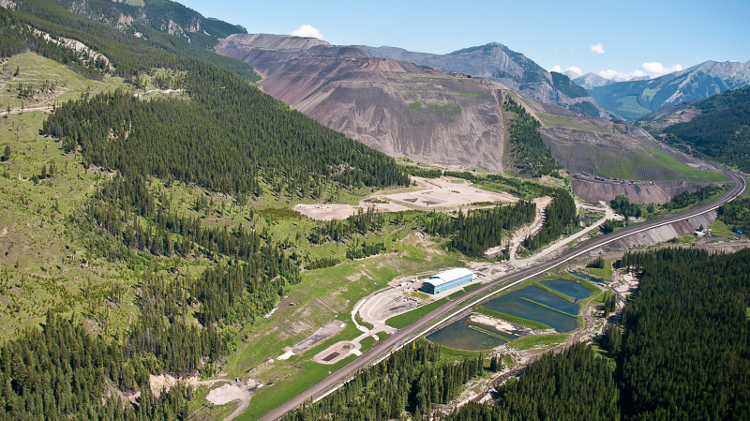Innovation is a hot topic at many a mining conference these days, but the message at the 2017 Maintenance, Engineering and Reliability/Mine Operators (MEMO) conference in Saskatoon in September had a subtle nuance. While the conference included some sessions on cutting-edge projects like autonomous trucks and battery electric vehicles, many of them presented practical solutions to problems that required innovative thinking without necessarily relying on new technology.
Lawrence Devon Smith, a consultant with extensive experience in project evaluation for major miners, set the tone at the regionally focused conference with his presentation, “Being smarter next time – what will smarter look like?” The industry does not necessarily need to reinvent the wheel to solve many of the problems that have been plaguing it for years, such as astronomical cost overruns and a focus on counterproductive performance metrics, said Smith. “The trouble with thinking outside the box is that you tend to not think about what’s in the box,” he said. “You tend to focus on what’s outside the box, and that’s not where the answer’s going to be.” As an example of successful innovative thinking, Smith pointed to Teck Resources and Goldcorp’s announcement of the Project Corridor joint venture in 2015 to develop common infrastructure at the neighbouring El Morro and Relincho mines in Chile.
RELATED: Debunking ten maintenance myths
That theme persisted throughout the conference, with many companies presenting their own smart solutions to the challenges they faced. Sandy Kent, consulting engineering manager at Allnorth Consultants, presented the benefits and challenges of relocating the mill at the Sa Dena Hes mine in Yukon to JDS Silver’s Silvertip mine in northern British Columbia. “The ability to buy and relocate the Sa Dena Hes mill was really the reason this was a viable project,” said Kent.
Ryan Jansen, research engineer at the Saskatchewan Research Council, presented two renewable energy case studies in the province: the Cowessess wind-battery project near Regina and a hybrid energy container at the former Gunnar uranium mine and mill southwest of Uranium City. Both designs were tailored to the unique needs and constraints of each project. “There are times when you feel like you’re being sold snake oil,” said Jansen. “But when it’s used right, [renewable projects] can really increase your efficiency, decrease your fuel costs, provide reliability and redundancy in your systems, and ultimately storage will allow you to push renewables deeper than the regular penetration.”
The next MEMO conference will be held in 2019.



